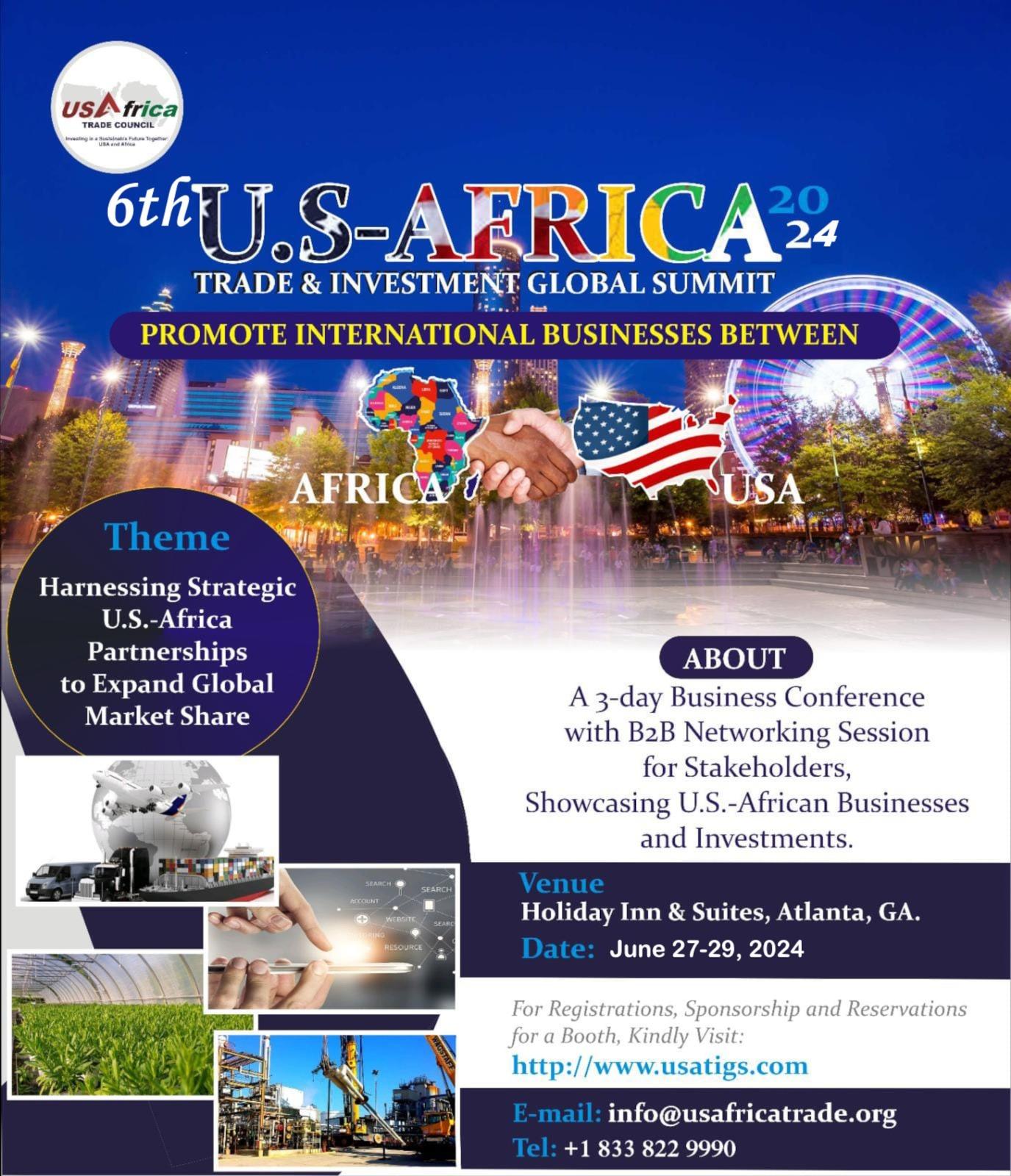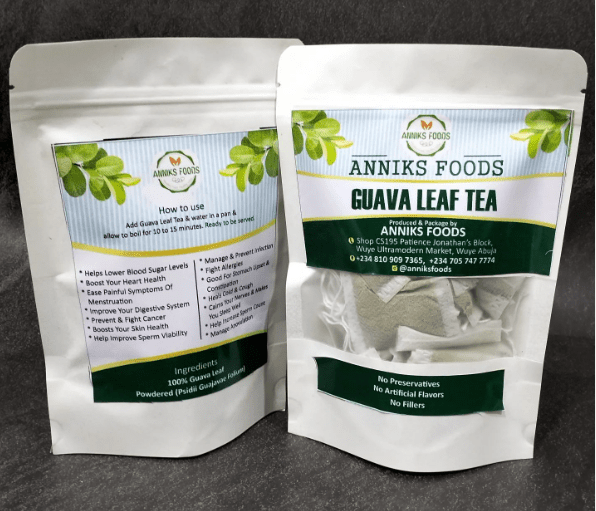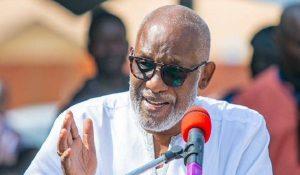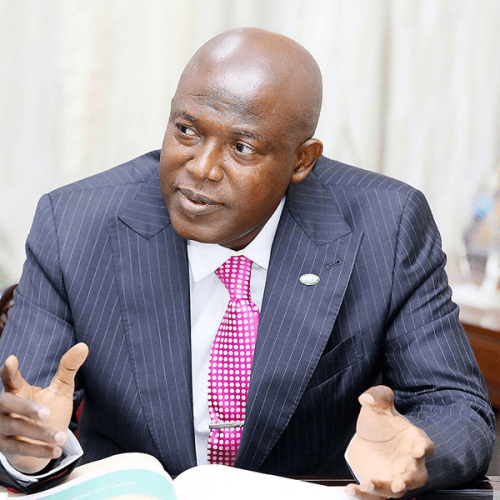A narrow, old bridge that connects two economically vital areas of Nigeria is a chokepoint stifling progress in Africa’s most populous nation.

April 29, 2021
Times Insider explains who we are and what we do, and delivers behind-the-scenes insights into how our journalism comes together.
ON THE RIVER NIGER BRIDGE, Nigeria — After two hours spent in gridlocked traffic trying to cross a bridge spanning the mighty Niger River, despair kicks in. We’ve not moved an inch. I fidget in the back seat. Will we ever make it to the other side?
After being stuck three hours — time mostly spent pondering why in Nigeria, the giant of Africa, this narrow bridge is the only major connection between two economically vital southern regions — acceptance arrives: This is where we’re spending the night.
People emerge from their cars and trucks to stretch, accepting it too. Half a dozen men drift to the curbside, to sit and joke. Women lean on the trunks of their cars and chat.
A man pushing a wheelbarrow bounces past, weaving his way between tanker trucks, yellow buses and vehicles piled with mattresses. His wheelbarrow is a grill, full of hot coals, its contents illuminated by a light clipped to the side. He stops, flipping the meat with tongs.
Low on gas, we kill the engine and open our windows. The smell of suya — spiced meat — drifts in.

Below us, the Niger, Africa’s third-longest river and what gave Nigeria its name, is invisible in hot clouds of exhaust lit by red taillights, its flowing waters inaudible over the noise of idling engines.
A driver calls to the meat seller. I’m about to do the same. Absorbed by the story I’m reporting on Nigeria’s merchants of false hope who promise, for a fee, to help families find loved ones who disappeared in police custody, all we’ve eaten today are a few bananas and peanuts.
But suddenly, we’re moving. Everyone races back to their vehicles. An enormous truck bristling with baskets zooms off as fast as possible, almost grazing the wheelbarrow grill. We’re off! But only for a minute. We get about 50 yards before grinding to a halt.
For all its 56 years, this 4,600-foot steel-truss bridge over the Niger has borne a heavy load, connecting the twin cities of Onitsha, a commercial hub, and calmer Asaba, where many commuters to Onitsha live despite the daily crossing ordeal.
Over the decades, countless truckloads of timber, palm kernels and rubber have passed this way. Every imaginable consumer good — lingerie, snails, motorbikes, toilet brushes, fluorescent mosquito nets, hub caps, paraffin lamps, iPhones — also trundles through, headed to or from West Africa’s biggest commercial market, in buzzing Onitsha.
Each year, goods worth $5 billion are traded at the Onitsha market, a state government agency said in 2016. It was home to Onitsha Market Literature, Nigeria’s pulp fiction industry, and key to the success of Nollywood, Nigeria’s multibillion-dollar movie business: 51 Iweka Road, one of the three biggest movie distributor networks, is in the Onitsha market.

In addition to all those wares, huge numbers of Nigerian travelers also depend on the bridge. Nigeria’s population, estimated to have crossed the 200 million mark, has probably quadrupled since 1965, the year the bridge was built. (Censuses are not often taken, so it’s impossible to know for sure.)
The jam we are stuck in on this November night is no anomaly. Every day, travelers and goods arriving from all directions are funneled toward the bridge, meaning most crossings are going to take hours. The trips are further slowed by security checkpoints on the approaches to the bridge.
This chokepoint over the Niger is obstructing progress in Nigeria’s entrepreneurial southeast, one of the country’s most prosperous regions.
But the dearth of bridges — and the dilapidated or incomplete state of much of Nigeria’s infrastructure — is a broad problem holding the entire country back, analysts say.
“It impacts the cost of doing business,” said Patrick Okigbo, a policy analyst who worked with Nigeria’s last government to develop a national infrastructure plan. “It impacts lives. If they can afford it, nobody travels by road anymore. If you can’t, then you go on a prayer.”
A mile downstream from the crowded scene on the Niger Bridge, invisible in the viscous night air, may lie an answer: another bridge, half built.
The Second Niger Bridge was originally proposed in 1978, and ever since has been used as a campaign promise by national politicians seeking the support of voters in the southeast. It took more than three decades for the work to begin, but finally the company building the six-lane bridge says it will be ready by 2022.

When done, it will be “a huge sigh of relief to all Easterners in this country,” says Newman Nwankwo, 33, a businessman based in Onitsha who often plans his whole day around bridge traffic. Either he tries to cross at the lunchtime lull between noon and 2 p.m., or he waits until Sunday.
He won’t even attempt the crossing unless he has at least half a tank of gas.
“If I don’t plan well and I meet traffic, I just relax here in the queue, putting my A.C. and music on,” he said.
Stalled on the bridge, I look around and imagine what all these people could be doing if their time weren’t being sucked away by these daily snarl-ups and the four-decade wait for another option across the river. Bridges cause traffic all over the world, but this one’s aging steel rivets seem to be under more pressure than any I have ever crossed.
Another hour ticks by. We move a few inches.
People pass by, selling cold water and Coke. Where there is a go-slow, as traffic jams are known in Nigeria, vendor business blossoms.
Any movement is an on-again, off-again process. At one point when traffic starts forward, the driver in front of us is asleep. No amount of honking wakes him. Someone rushes over to shake him awake.
We go for 30 seconds. We stop for 30 minutes.
At midnight we make it across. It’s taken almost six hours to do three miles.
Leaving the bridge, we pass under a large sign on the Asaba side.
“Welcome,” it reads, optimistically, “to the land of progress.”
Ruth Maclean is the West Africa bureau chief of The New York Times.





















